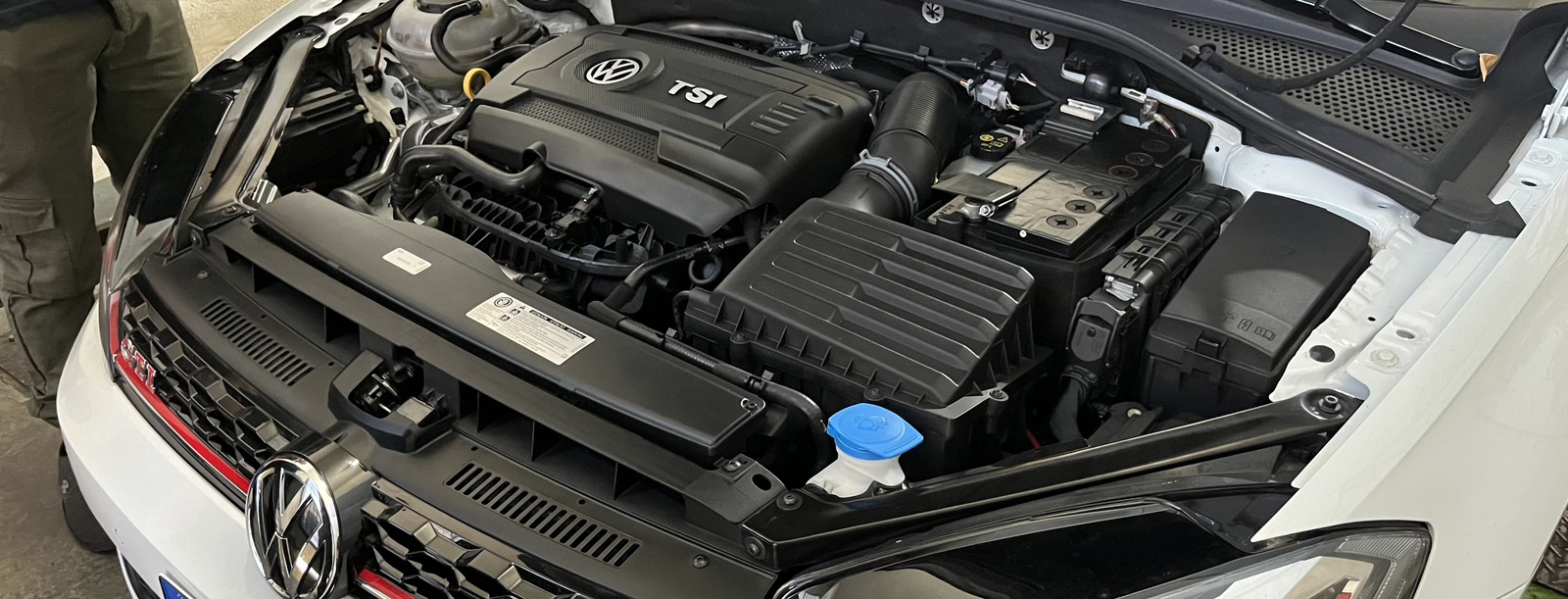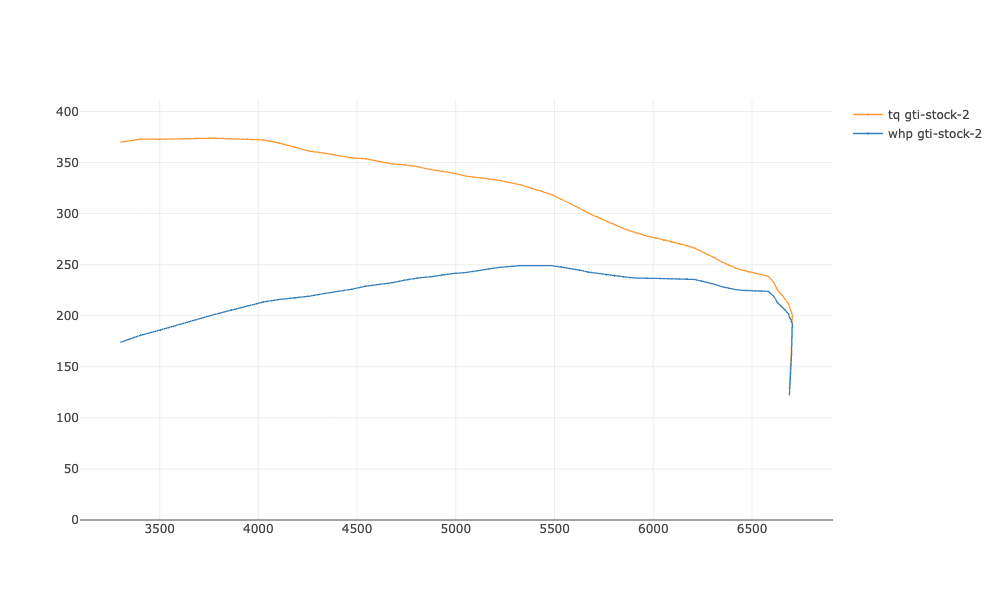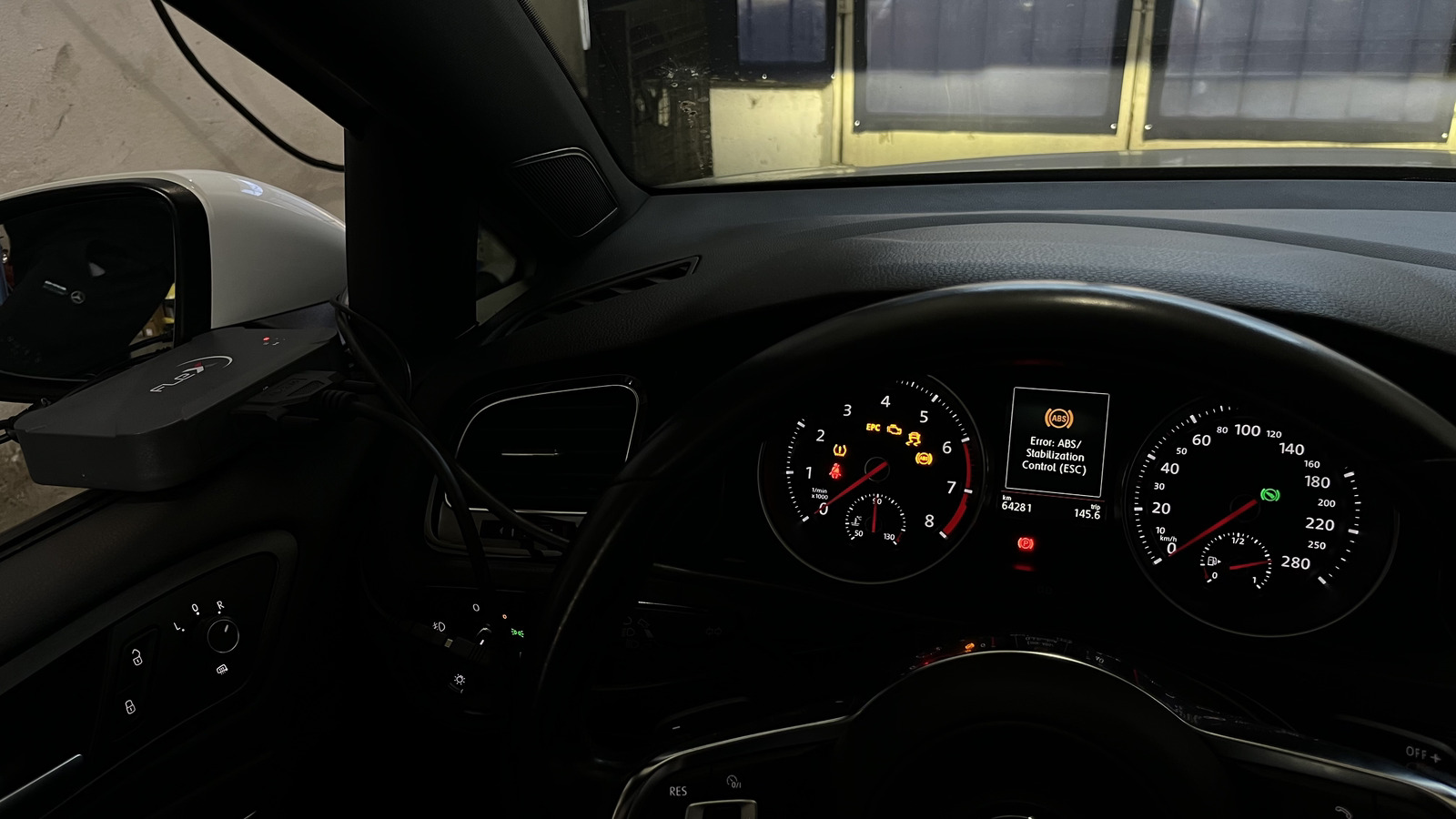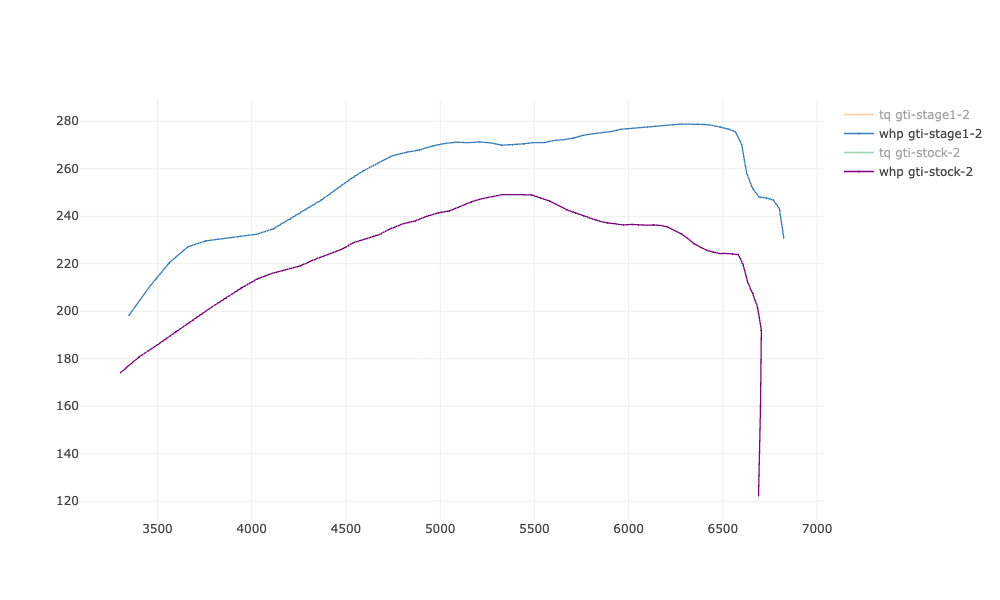Dyno Tuning the Golf GTI MK7.5
19 May 2023
The Volkswagen MQB platform offers a wide range of tuning options, allowing enthusiasts to enhance not only the engine but also the DSG gearboxes on these vehicles. Recently, I had the opportunity to visit the dyno to perform some stock dyno pulls on my presumed stock MK7.5 GTI and subsequently install a Stage 1 tune to experience the performance improvements. The tune provider claimed that the Stage 1 tune would unleash approximately 310 HP at the crank. Join me as I take you through this journey!
Unforeseen Challenges
Before proceeding with the dyno pulls, we began by checking the car’s belts, alignment, and other crucial components when on the dyno rollers. However, we encountered an unexpected obstacle: the car failed to rev beyond 2500 RPM and displayed an ABS/ESP malfunction on the dashboard. This issue was likely due to the rear wheels remaining stationary during the dyno setup.
After some extensive online research, we stumbled upon a not-so-helpful trick for several Volkswagen cars:
Here’s what you need to do: turn the ignition on and wait for the dash lights to turn off. Then, activate the hazard lights and press the gas pedal to the floor five times. Finally, start the car.
Implementing this method resulted in our dashboard resembling a vibrant Christmas tree on Christmas Eve. Although the engine could rev, the gearbox refused to upshift, regardless of whether we tried Drive, Sport, or Manual mode. Neither the gear lever nor the paddle shifters provided any solution.

As we explored various possibilities and discussed the issue with friends, we ultimately arrived at the solution of removing the ABS fuse. Located in the engine bay fuse box, this 40A green fuse proved instrumental in our troubleshooting efforts. Interestingly, even after removing the fuse, the dashboard was illuminated with more warning lights. Nevertheless, the car still refused to change gears. At this point, a friend suggested waiting for the electronics to acknowledge the absence of functional ABS. We hypothesized that if the ABS system failed while driving on the road, it wouldn’t limit us to first gear until fixed. And indeed, after patiently waiting for approximately 30 to 40 seconds, we were finally able to unleash the engine’s power and smoothly shift gears without encountering any further issues.

To summarize the process:
- Remove the 40A green ABS fuse from the engine bay fuse box to disable ABS.
- Keep the car rolling on the dyno for approximately 30-40 seconds.
- Enjoy the freedom to upshift and perform pulls without hindrance.
Initial Measurements
As I mentioned earlier, I believed my GTI to be in its stock configuration. Acquiring this vehicle as a second-hand purchase, the previous owner assured me that neither the engine nor the gearbox had undergone any modifications. To validate these claims, I inspected the hardware and confirmed the absence of aftermarket components, including air intakes, exhaust systems, cat deletes, upgraded turbos, or aftermarket downpipes.
According to various sources on the internet, the GTI’s power output at the crank is typically quoted as 226 HP at 5500 RPM and 258 ft-lbs at 3000 RPM. However, APR’s measurements on their dyno indicated figures closer to 264 HP and 279 ft-lbs.
Interestingly, during our test pulls, we measured power and torque at the wheels, accounting for powertrain losses. In third gear, we achieved an impressive result of nearly 250 wheel horsepower and 270 ft-lbs of torque. This substantial difference from the manufacturer’s specifications led us to believe that the ECU had been previously tuned.

For those unfamiliar with dyno-pulling DSG gearbox cars, here’s a helpful trick to facilitate the process:
If you intend to perform the pull in 3rd gear, keep the car in 2nd gear. Before initiating the pull, tap the upshift paddle and hold it throughout the entire pull. This technique prevents the gearbox from automatically upshifting or downshifting when you press the gas pedal.
Stage 1 Tune: Unleashing the Beast

Following the completion of our baseline stock dyno runs, we connected Magic Motorsport’s Flex unit to the GTI and extracted the presumed stock ROM from the ECU. Within minutes, the tuner provided us with a stage 1 file. Notably, the Flex unit does not directly read the ECU ROM but rather checks the firmware hash and downloads the ECU definition from the Internet.
However, the burning process of the new firmware proved to be quite nerve-wracking. Firstly, the Flex unit required unlocking the ECU, a procedure that consumed over 40 minutes and felt like an eternity.

After successfully unlocking the ECU, we proceeded to burn the new firmware. During the subsequent dyno session, the tuner stated that the Stage 1 tune should deliver around 300 HP at the crank. The initial dyno run yielded 280 wheel horsepower, which aligned with expectations, considering an estimated 8% power loss in the powertrain. To ensure accuracy, we performed two dyno passes, both consistently confirming the power figures of 280 wheel horsepower and 315 ft-lbs of torque.

Conclusion
In conclusion, the dyno tuning journey of the Golf GTI MK7.5 proved to be an exhilarating experience. Overcoming initial challenges, such as the ABS/ESP malfunction, enabled us to unlock the true potential of the vehicle. With the Stage 1 tune implemented, we witnessed a remarkable improvement in performance, achieving 280 wheel horsepower and 315 ft-lbs of torque. These enhancements reaffirm the MQB platform’s adaptability and the Golf GTI MK7.5’s status as a thrilling enthusiast’s car. Whether you’re a seasoned dyno-pulling aficionado or just embarking on this exciting tuning endeavor, remember to always consult professionals and prioritize safety throughout the process. Enjoy the ride!

